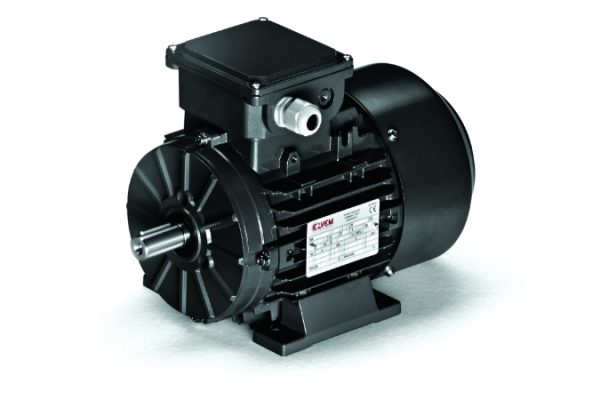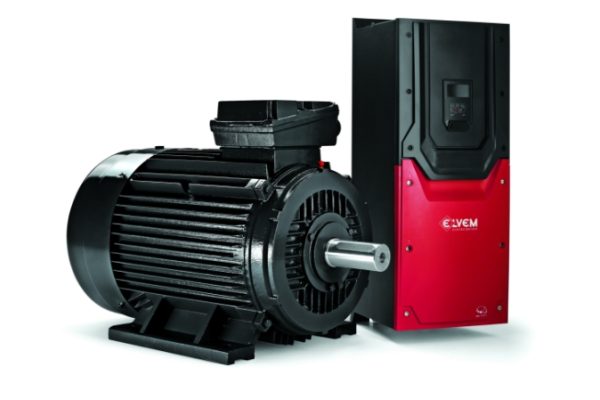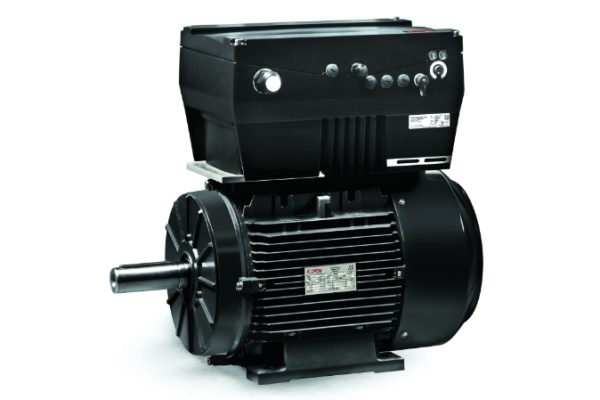- Motors
- Three-phase motors
- Permanent magnet motors
- Brake motors
- ATEX – Proof Motors
- Medium and high voltage motors
- Single-phase motors
- Drive motors
- Energy Efficiency
- Complementary
- Applications
- Industrial ventilation
- Wind power systems
- Industrial Machinery
- Food Industry
- Marine
- Woodworking machinery
- Machine Tools
- Handling and Lifting
- Conveyor Belts
- Pumps
- Theatres
- About us
Permanent magnet motors
Permanent magnet (PM) synchronous motors are an innovative development in electric motor technology. They combine the high level of speed control precision that synchronous motors are known for, with the simple, rugged design of a squirrel-cage synchronous motor.
From a mechanical point of view, they resemble the traditional asynchronous induction motor, while in terms of performance, they can deliver vastly superior results. Electromagnetic motors are actually more powerful than their standard counterparts as they feature magnetic bars that boost their propelling force and increase their performance and energy savings.
We can provide you with complete systems: PM motors with integrated or separate inverters.
Why use permanent magnet electric motors
Elvem PM motors allow you to:
- reduce electricity bills;
- achieve greater efficiency, especially at low load conditions;
- improve performance at speed, especially for speeds below the nominal rating.
6S4 – 7S4-series motors are efficient and innovative synchronous electric motors comprising rotors with rare earth permanent magnets, which generate a constant magnetic field. The rotor turns at exactly the same speed as the magnetic field generated by the stator windings, regardless of the torque demand from the shaft, while in your average asynchronous motor, the slip is proportional to the torque developed.
So with PM synchronous motors, there are no losses linked to the rotor’s magnetization: this translates into the motor using less electricity to produce mechanical energy and heating up less.
The frequency inverters inside deliver a constant torque over a wide range of speeds, kicking in even at lower levels, generating greater efficiency.
The synchronism thus improves the motors’ dynamic performance, offering constant torque over an extensive range of speeds, high performance even when operating at low frequencies (efficiency levels are vastly superior to asynchronous motors) and without the need to use forced ventilation.
Constant torque at various speeds of rotation can also result in a simplified kinematic chain, with all the ensuing advantages.
The advantages of magnetic motors
The most significant design advantages of permanent magnet motors include:
- High efficiency
- High performance over the whole range of speeds, especially at low speeds where efficiency is greater than asynchronous motors
- Reduction in rotor losses
- Constant torque across full speed range
- High power density
- Precise speed control even without encoder
- Reduction in overheating, which results in longer service life of insulation, bearings and other motor parts
- Reduction in the motor’s weight and overall dimensions
- Short payback period
- They can work just with the aid of an inverter
Applications
- Industrial ventilation
- Industrial Machinery
- Food Industry
- Woodworking machinery
- Machine Tools
- Handling and Lifting
- Conveyor Belts
- Pumps
- Industrial ventilation
- Industrial Machinery
- Food Industry
- Woodworking machinery
- Machine Tools
- Handling and Lifting
- Conveyor Belts
- Pumps
©2024 ELVEM S.R.L., all rights reserved – Taxpayer’s and GST reg. no. and Business reg. PD 123456789456 | Cookie Policy – Privacy Policy
Made by OCALAB



